During the Tour of Gondwana I utilized container ships to cross oceans on five occasions, so I had very good idea what to expect when I chose to do the same for the World2 Tour. As I mentioned in the previous post, in a typical circumstance, I did not know the particular ship or ports I would be able to use for the first ocean crossing, specifically that of the wide Atlantic, until a month, or so, before the Tour began. At that time, I booked the CMA-CGM Saint Laurent for a cruise departing from Natal, on the northeast coast of Brazil, to London, scheduled to sail on January 11th and arrive about fifteen days later. Right away, that voyage became one of my most anticipated features of the first half of my planned route for the Tour. Even though I knew I would enjoy the months of cycling, the interesting sights, and the beautiful nature of the early Tour, I also realized that fifteen days essentially unplugged from the World at large, and with nothing to do but rest, would be just what I would need at that point. Additionally, the previous few years, for me, were filled by a series of numerous tasks of the type that were sometimes surreal, frequently annoying, and usually of the type that kept thoughts of the future unclear, and a long sea voyage seemed like it would be a nice antidote for the mental effects of that period. However, the way the tropical section of the Tour ended caused the actual time on the ship to be less relaxing than I was expecting, at least at first.
As container ships go, the St Laurent would have been considered average twenty-five years ago, but now fills the niche of a minor vessel. Its length of one hundred ninety meters allows it to carry only two thousand containers, less than one tenth of what the largest ships of today can move. It is also unusual by being fitted with three ships cranes for loading and unloading containers, whereas most ships depend on larger and faster port-based cranes for that job. In spite of these throwbacks, the ship, at the time, was only five years old. That apparent incongruity is explained by the fact that the vessel was specially built for the French CMA-CGM lines to service the route between France and its South American department of French Guiana, whose port, as well as some of those of neighboring countries the ship also serves, is small, shallow, and lacks the most efficient equipment. Despite its relatively small size the vessel carried a standard crew compliment of twenty-five, in this case originating from France, Philippines, and Ukraine. The one notable difference of this ship, compared to the ones I have used previously, was the availability of satellite Internet, which I used only minimally, since it was a metered service and was also counterproductive for my desired goal of relaxation.
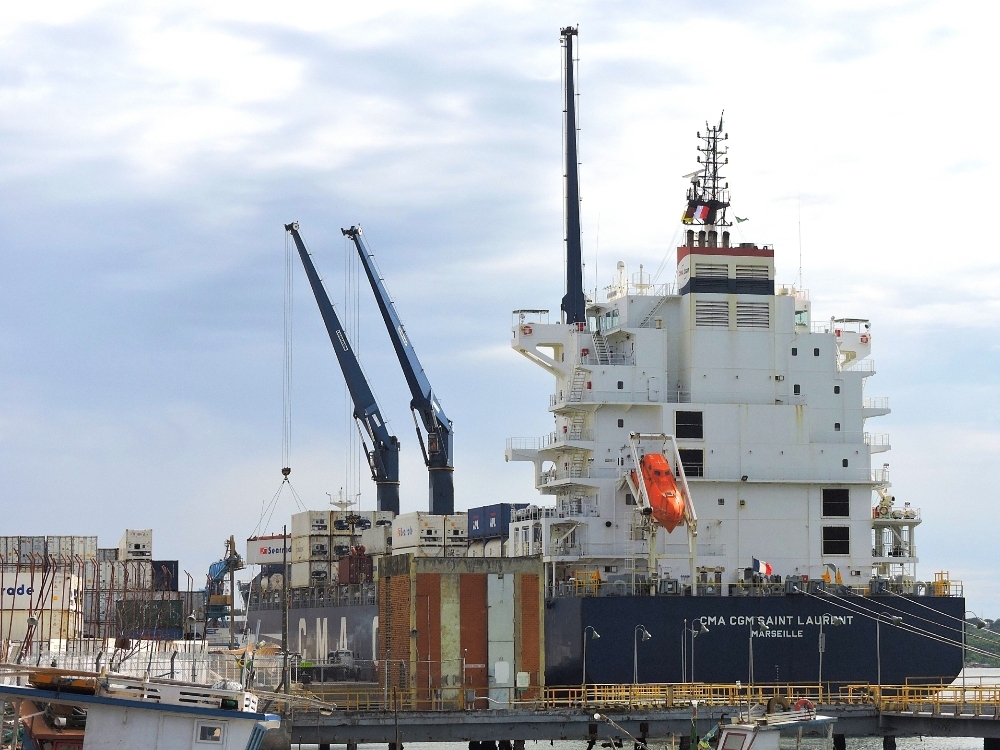
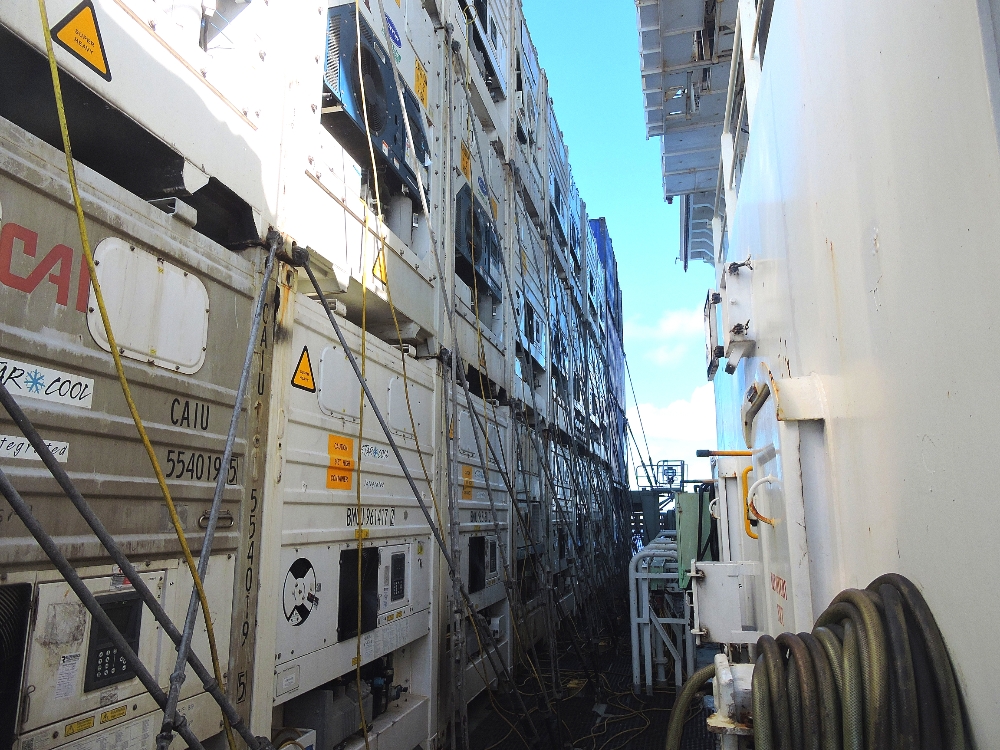
One annoying quirk of the CMA-CGM lines was an extra volume of paperwork needed to book this voyage, specifically a medical clearance form. Many cargo passengers are retired folks, and most lines that take passengers impose an age limit of seventy years, more or less, since there are no medical facilities on board and ships may be isolated for weeks at a time. However, this line also requires passengers to have their doctor sign two letters confirming that the passenger is able to climb stairs, one at the time of the reservation, and the second forty-five days prior to sailing. The first was troublesome enough, but when the second was due I had already been in Brazil for two months, making that task even more impractical. I wanted to say, Hey, look at my Web site. I have traveled thousands of kilometers by bicycle recently. Yes, I can walk up some stairs!
As it turned out, the illness I came down with just a few weeks before departure had me still coughing a lot when I joined the ship, and left me a little winded when ascending the six floors of stairs to my cabin, at least during the first half of the cruise. But, I managed, as you might expect.
Once underway, daily life on a container ship revolves around the three meals provided, breakfast at 8:00, lunch at noon, and dinner at 7:00. I was a little worried that a French ship might serve only haute cuisine, which wouldn’t have been great for me, but the galley’s Filipino staff prepared a nicely basic international menu that was usually tasty and satisfying. Mealtimes were also a little more entertaining than normal, since, in another unique aspect, there were three other passengers on board, one from France, one from Germany, and another from Netherlands, who was the de facto interpreter for our small group. The rest of the time on board is spent sleeping, taking short walks around the ship, watching the ocean pass by, or watching the videos I had brought with me. The days pass by slowly, but steadily, as follows.
January 11: The St Laurent is one day behind schedule, another day to wait in Natal.
January 12: Ship has arrived, and I board at 2:00 PM. Cargo operations underway.
January 13: Cargo operations continue all day, due to slow performance of shipboard cranes. Spent all day relaxing on board.
January 14: Departed Natal at noon. Sea is mild and weather is Sunny and warm.
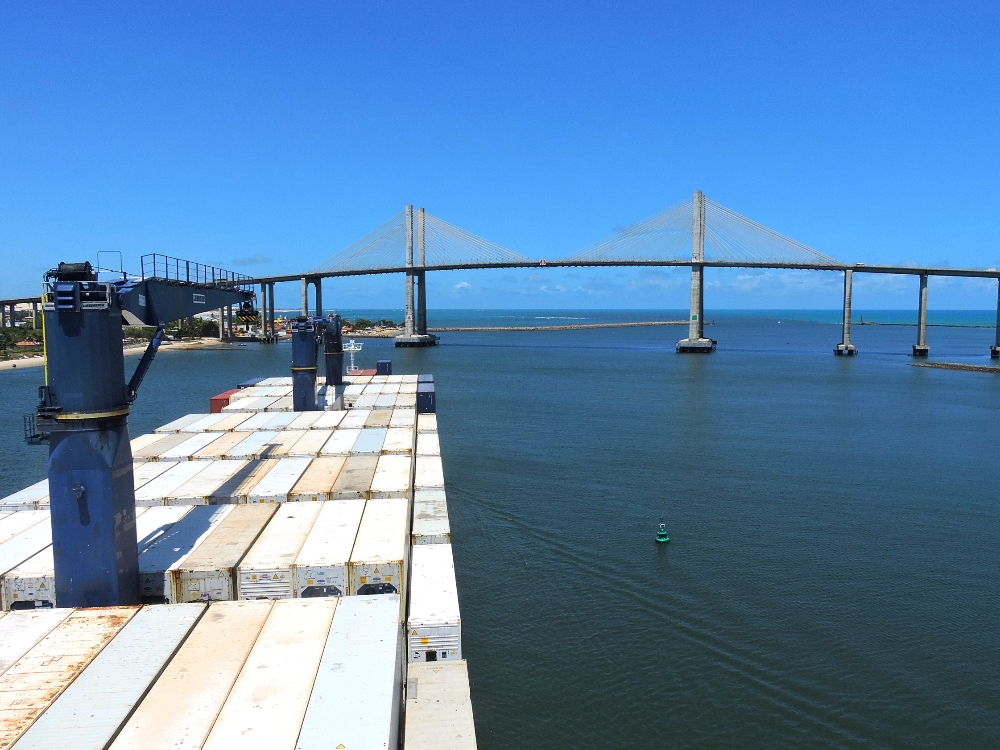
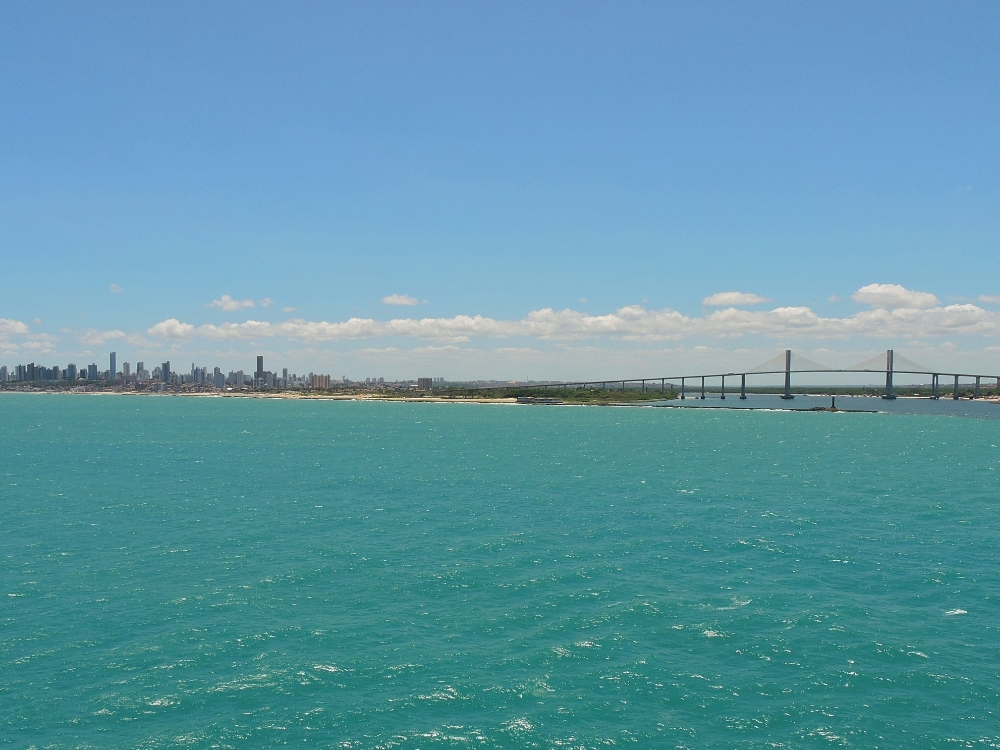
January 15: First full day at sea, continued fine conditions.
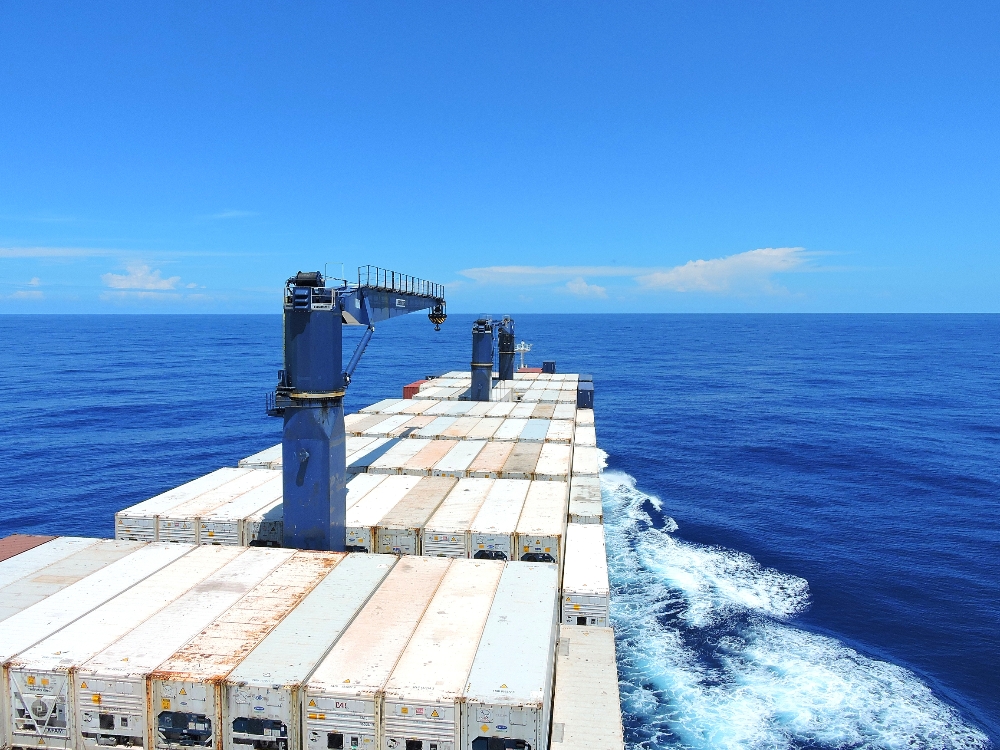
January 16: Overcast skies early, clearing later. Crossed the Equator. Clocks advanced one hour at midday.
January 17: Entered the zone of easterly tradewinds, somewhat more active seas. Crew and passengers do a lifeboat evacuation drill. The boat is stuffy, hot, and cramped. I am of the opinion that spending a few days floating in the ocean in a survival suit might be preferable to the same length of time spent in the boat. Clocks advanced one hour overnight.
January 18: Passed Cabo Verde islands overnight, but couldn’t see them. Overcast, and a little cooler.
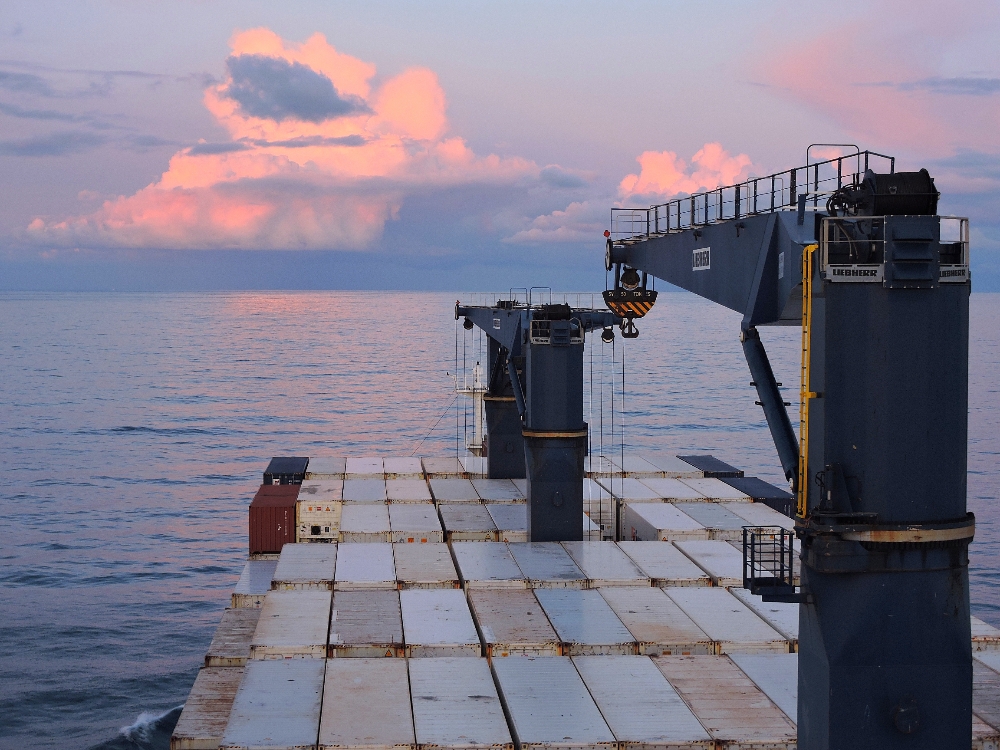
January 19: Somewhat cooler again. Crossed Tropic of Cancer. Clocks advanced one hour at midday.
January 20: Passed the Islas Canarias, but couldn’t see them due to clouds. Rough seas in the afternoon through the nighttime, fortunately no one had seasickness. Clocks advanced one hour overnight.
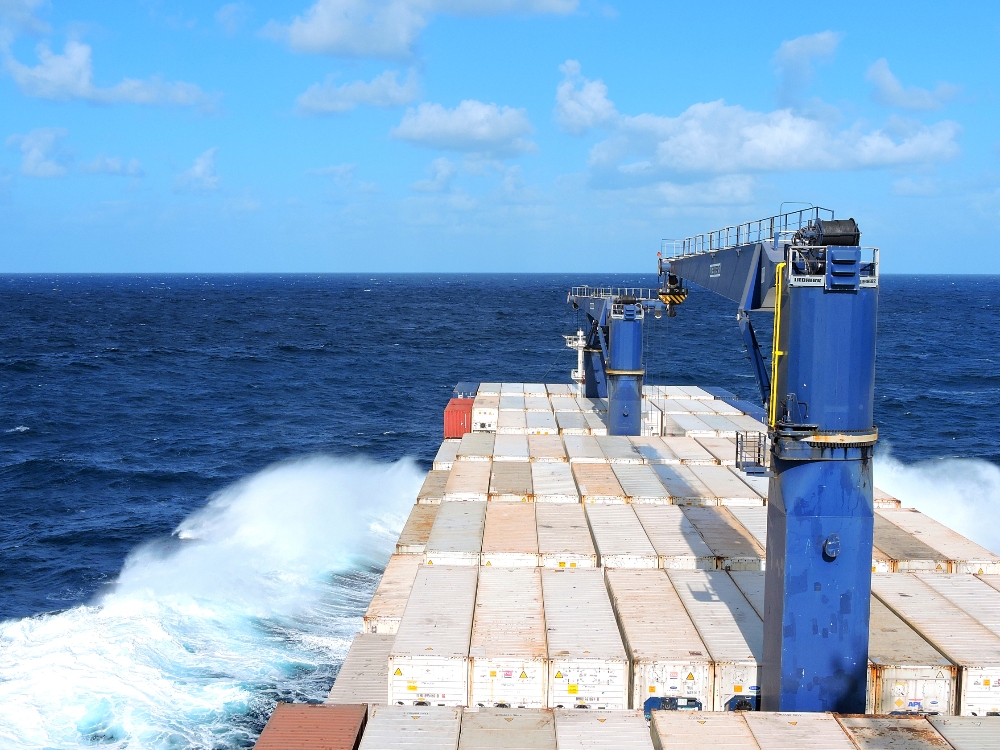
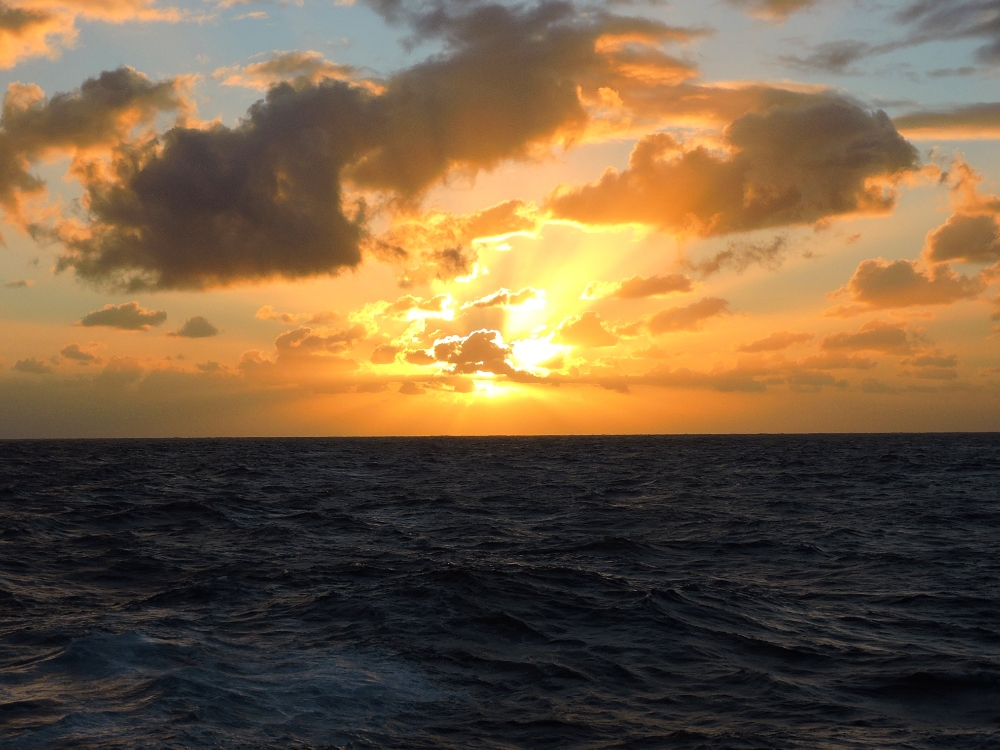
January 21: Better seas at morning. Arrived at the Strait of Gibraltar overnight.
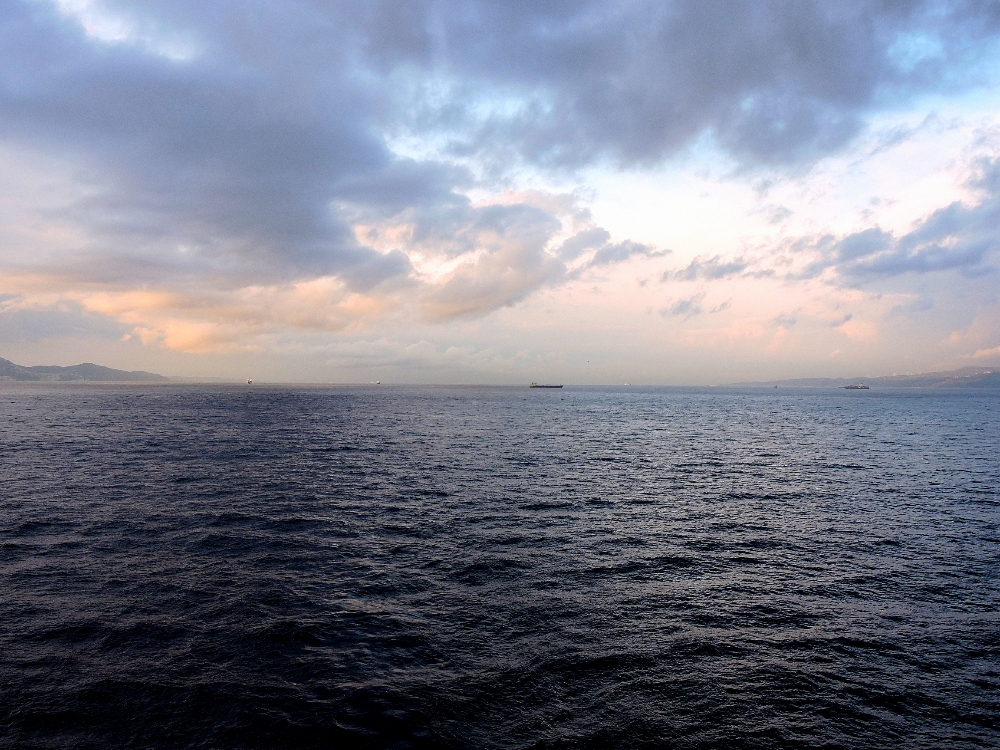
January 22: No berth space at the Port of Algeciras, Spain, for our only port call. Spent all day drifting offshore in the Mediterranean. Had hoped to go ashore to visit Gibraltar, but that seems unlikely now.
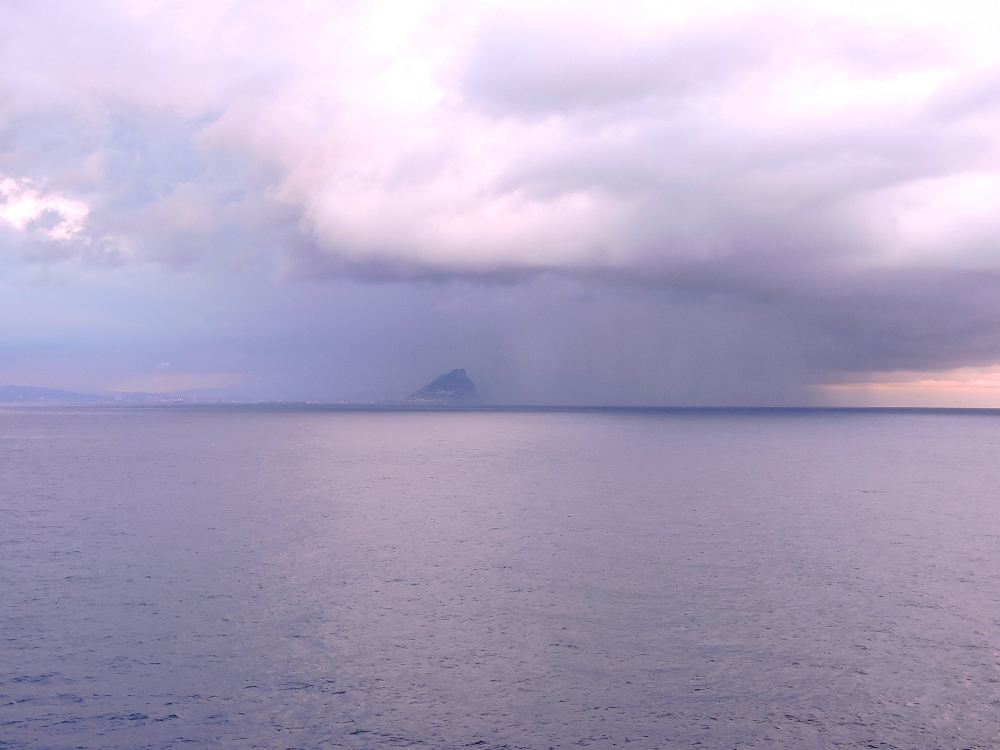
January 23: Docked at port overnight and briefly unloaded containers, underway again at 10:00 AM.
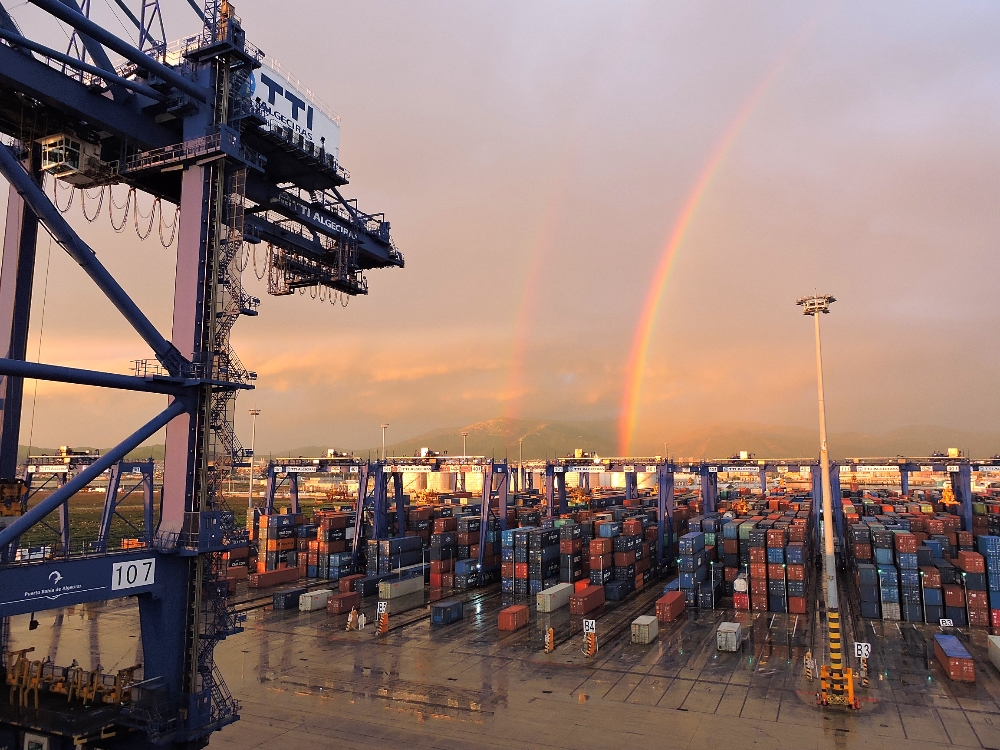
January 24: Considerably cooler, but with mild seas along the coast of Portugal. Clocks retarded one hour overnight.
January 25: Seas uncharacteristically placid for January in the Bay of Biscay, generally an uneventful day
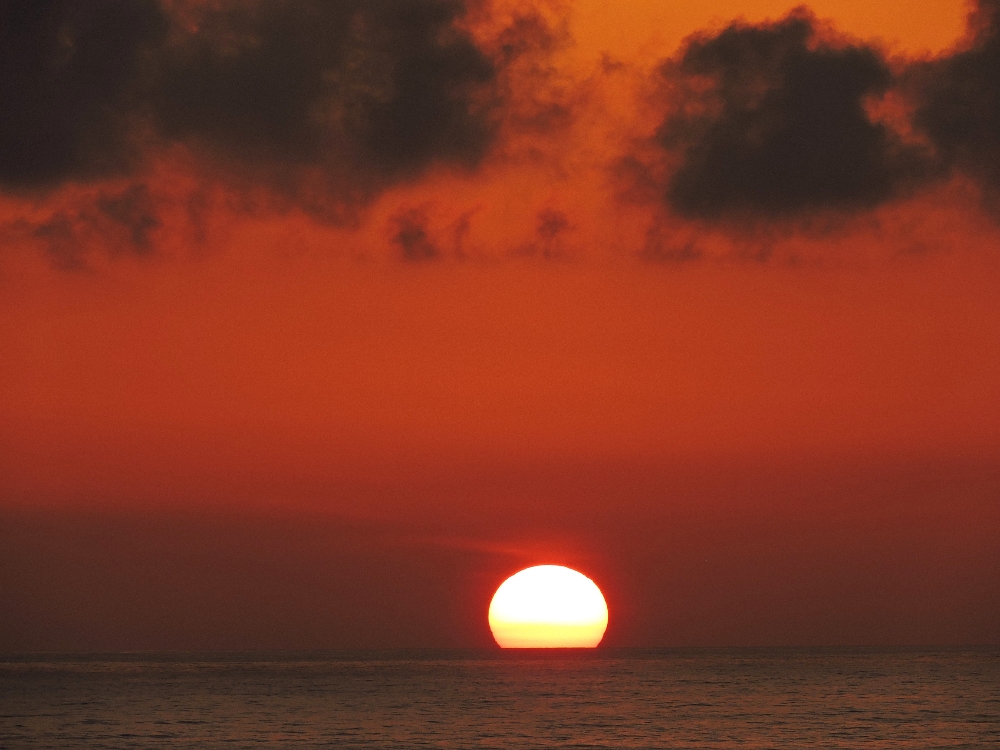
January 26: Arrived at the London Gateway Terminal in the Thames estuary at 2:00 PM. UK Customs officials mistakenly claim that I need a visa for Europe (though not for the UK,) say that I will not be allowed to leave the ship. There are no immigration officers at the Gateway Terminal, three officers eventually arrive from another terminal, ask me a few questions, acknowledge the other’s error, and wave me into the country. It seems that the imminent Brexit
may be a nightmare for the UK ports. Thanks to the delay, I have to ride several kilometers to a hotel in the dark, and in the rain, which had just begun.
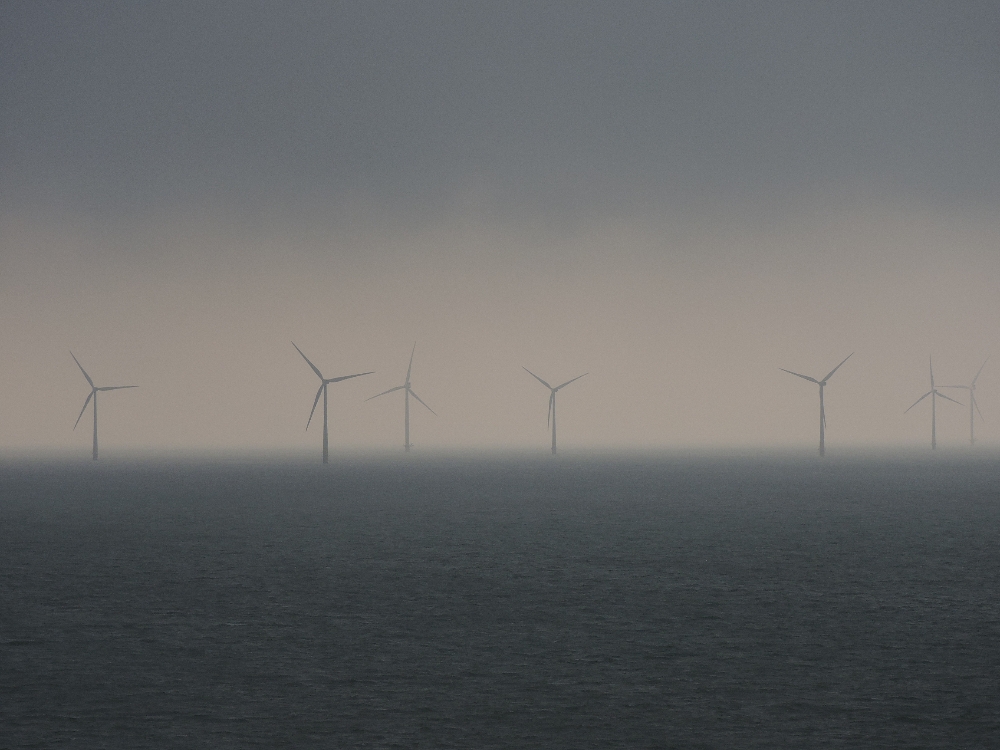
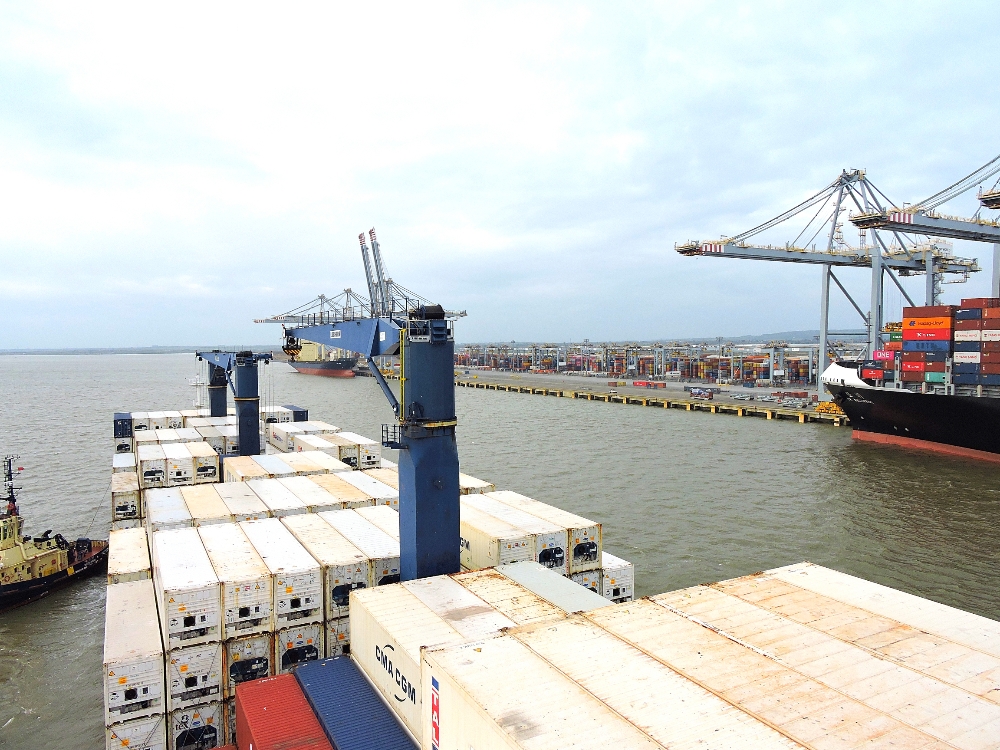
Overall the voyage was fine, with good accommodations and a friendly crew. However, I only started to feel closer to normal during the second week, so in terms of providing a period of enforced relaxation, it was only halfway effective. For now, a large landmass lies before me, but another ocean crossing will likely be needed at some point, and the availability, as usual, is uncertain for now. Time will tell how that will work out.